A, B, C, D, P and Q are points in a uniform electric field. The potentials at these points are V(A)=2V.V(P)=V(B)=B(D)=5V.V(C)=8V. The electric field at P is

10Vm−1 along PQ
5Vm−1 along PC
15√2Vm−1 along PA
5Vm−1 along PA
The correct Answer is:C
E=−ΔVΔr directed ⊥r to an equipotential surface.
Similar Questions
A, B, C, D, P, and Q are points in a uniform electric field. The potentials at these points are V(A)=2V.V(P)=V(B)=V(D)=5V, and V(C)=8V. Find the electric field at P.
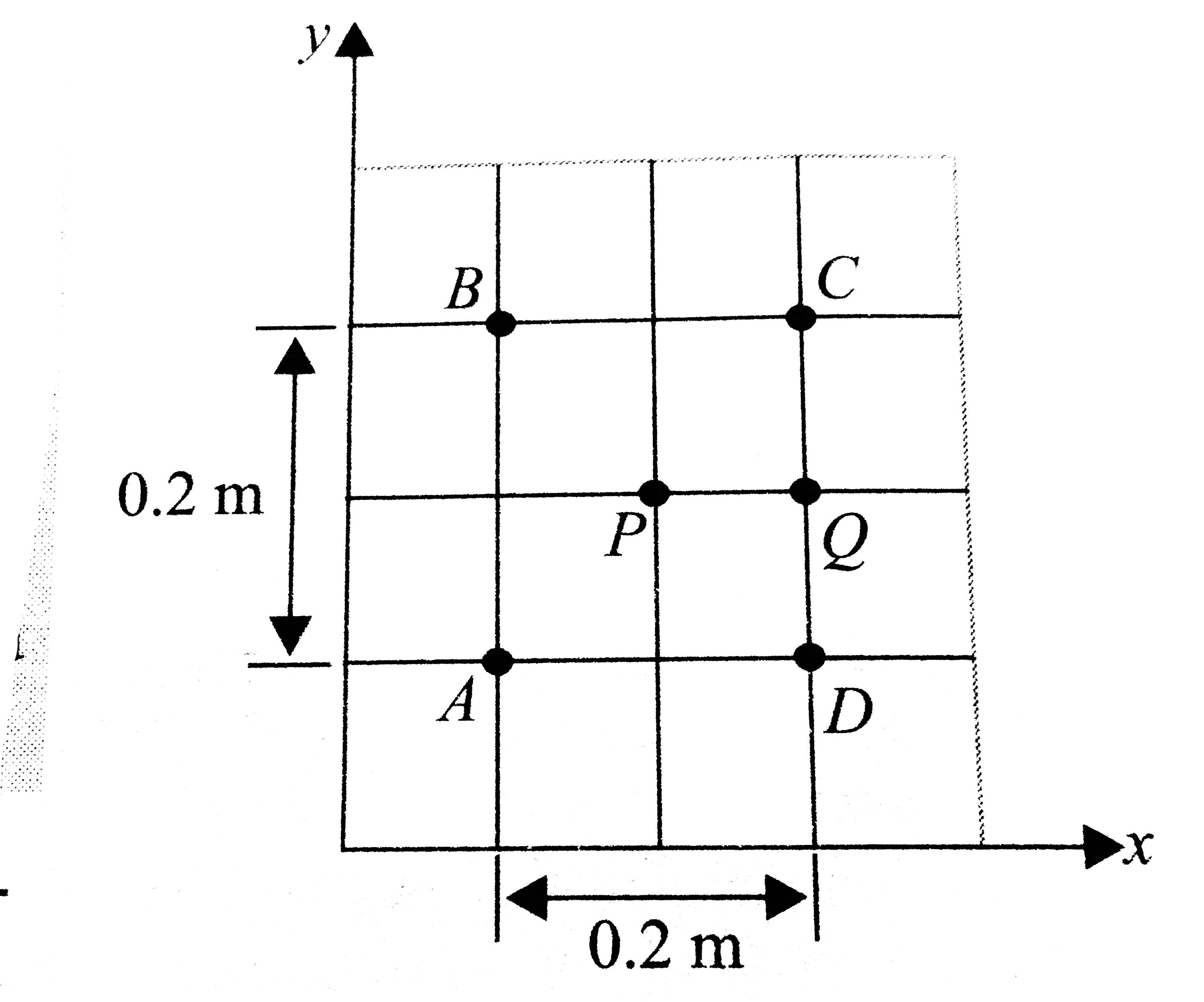 .
.
View SolutionIn figure two points A and B are located in a region of electric field . The potential difference VB−VA is
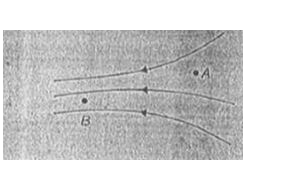
View SolutionThe electric field and the electric potential at a point are E and V respectively.
View SolutionA uniform electric field exists in x−y plane. The potential of points A(−2m,2m),B(−2m,2m) and C(2m,4m) are 4V,16V and 12V respectively. The electric field is
View SolutionA uniform electric field is along x-axis. The potential difference VA−VB=10V is between two points A (2m, 3m) and (4m, 8m). Find the electric field intensity.
View SolutionA uniform electric fied exists in x-y plane. The potential of ponts A(2m,2m),B(−2m,2m) and C(2m,3m) are 4V,16V and 12V respectively. The electric field is
View SolutionIn the uniform electric field shown in figure, find :
a. VA−VD
b. VA−VC
c. VB−VD
d. VC−VD
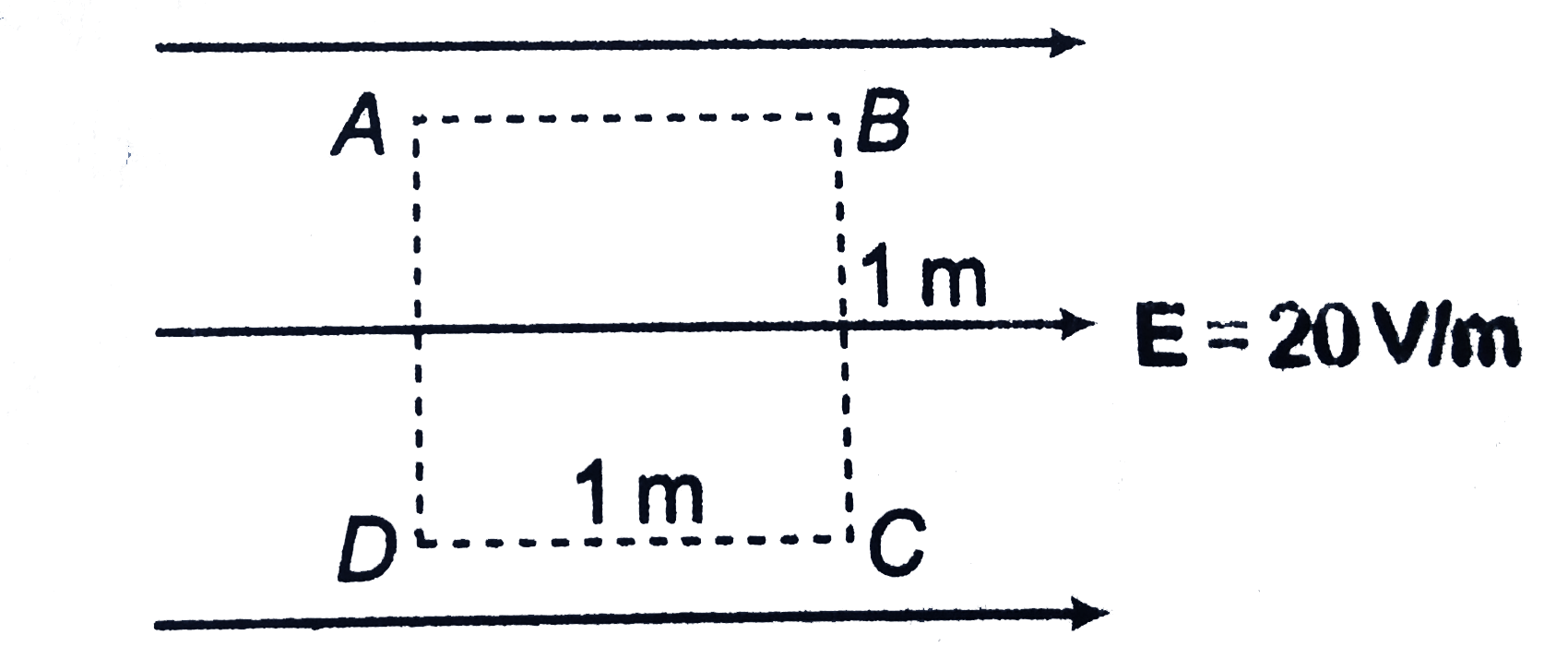
View SolutionIn uniform electric field E=10N/C, find
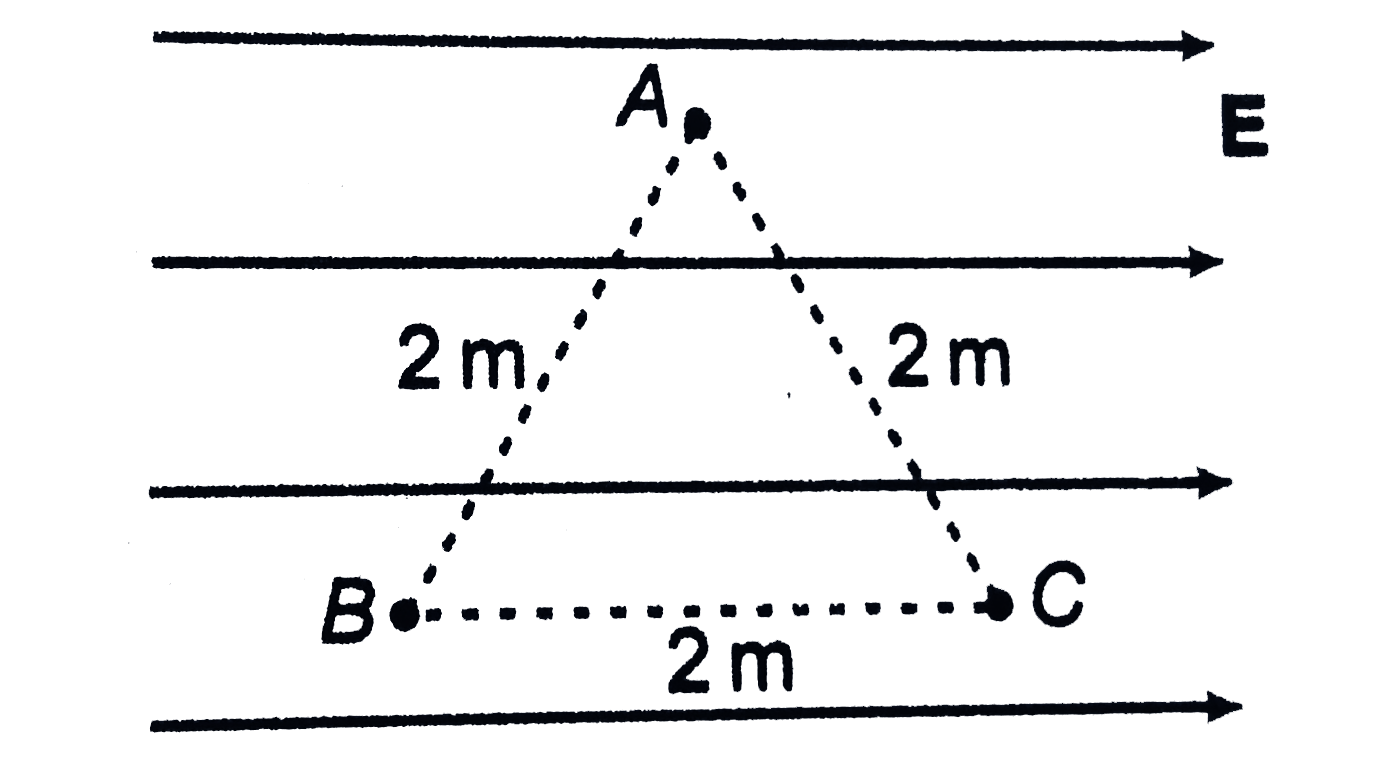
a. VA−VB , b. VB−VC
View SolutionIn uniform electric field, E=10NC−1 as shown in figure, find
(i) VA−VB
(ii) VB−VC.
View SolutionAn electron traveling in a uniform electric field passes from a region of potential V1 to a region of higher potential V2. Then
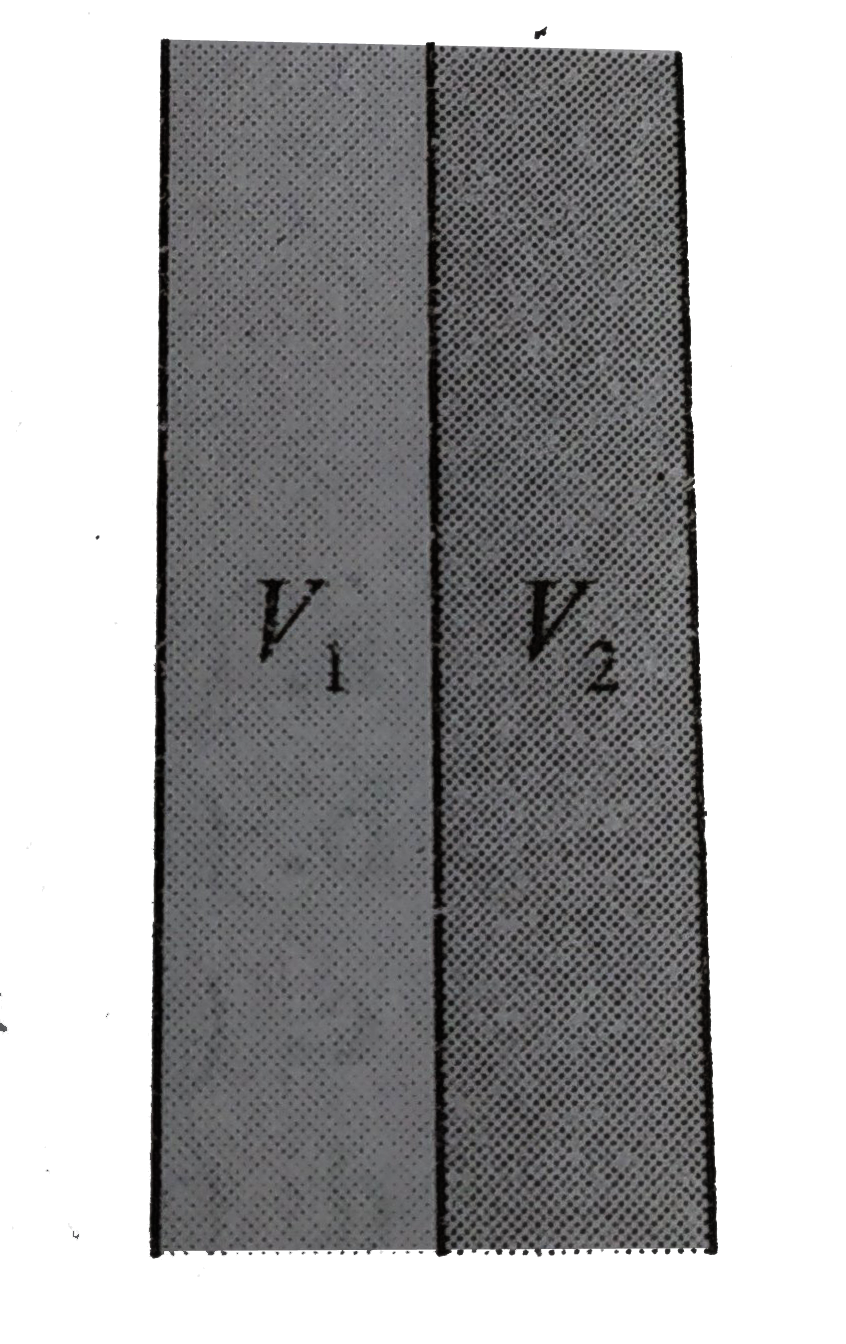
View Solution

